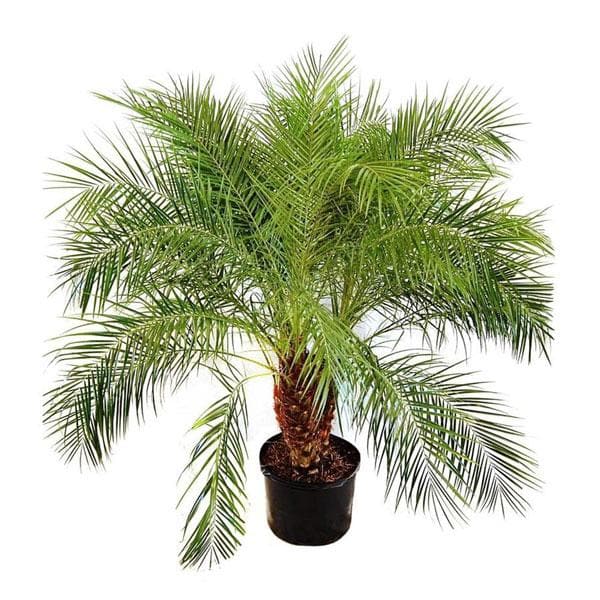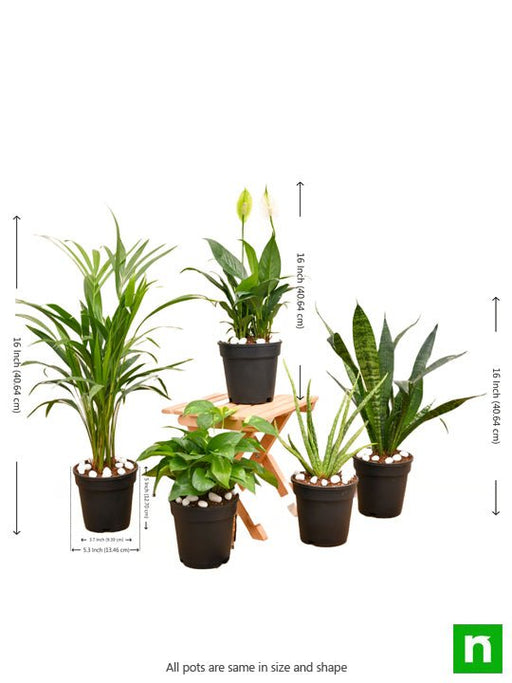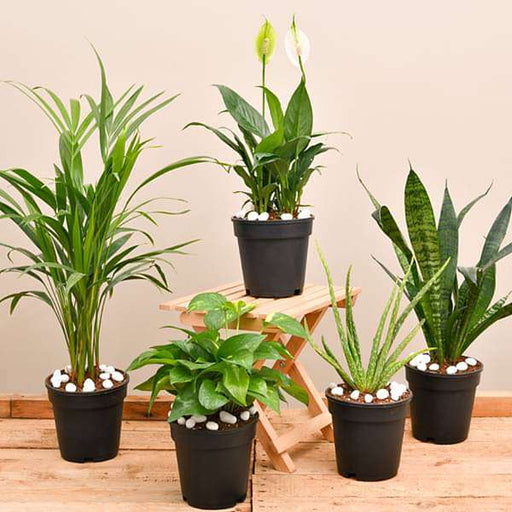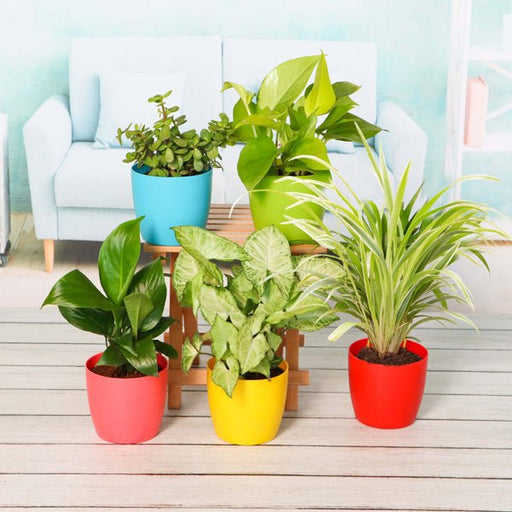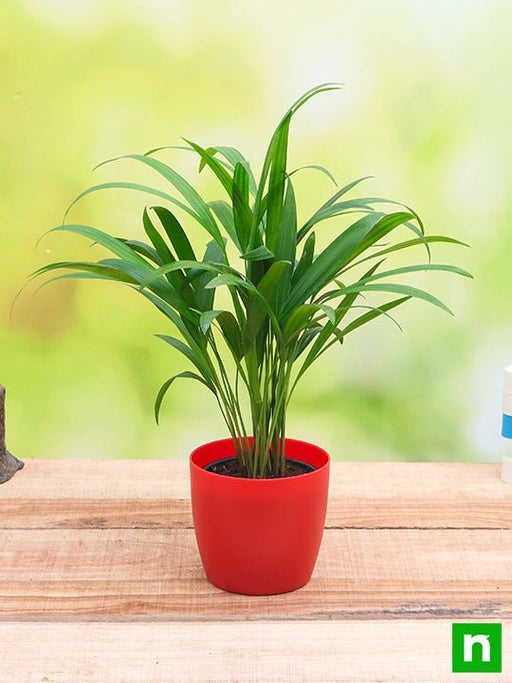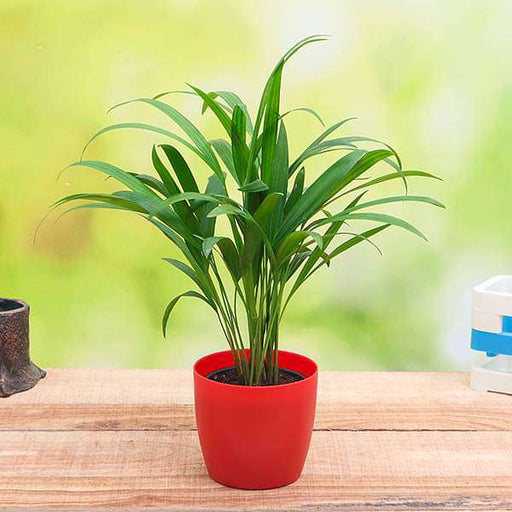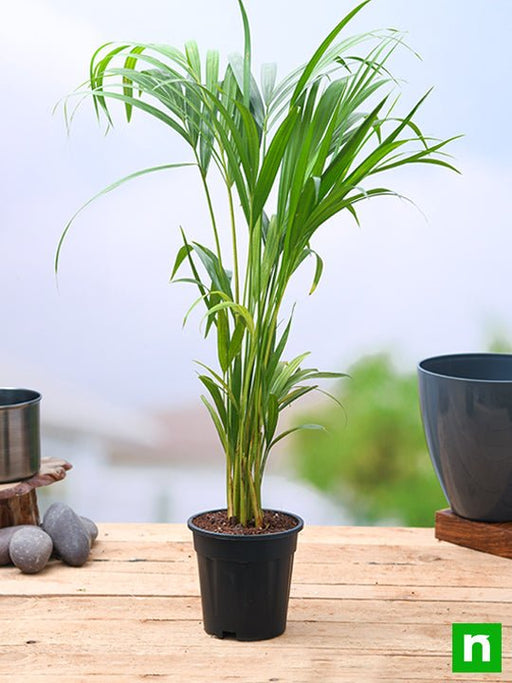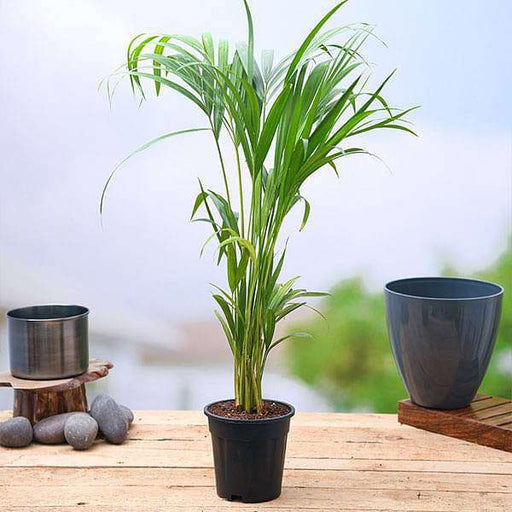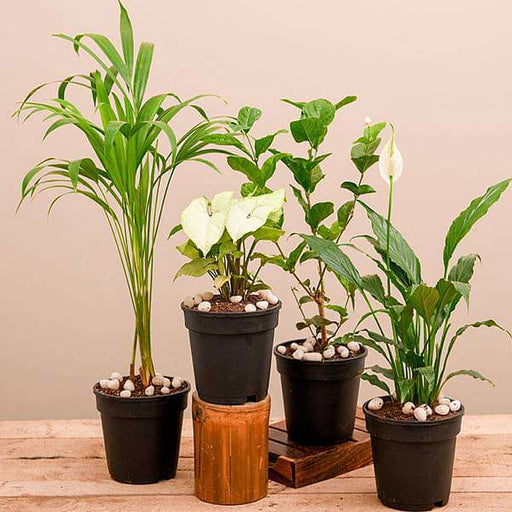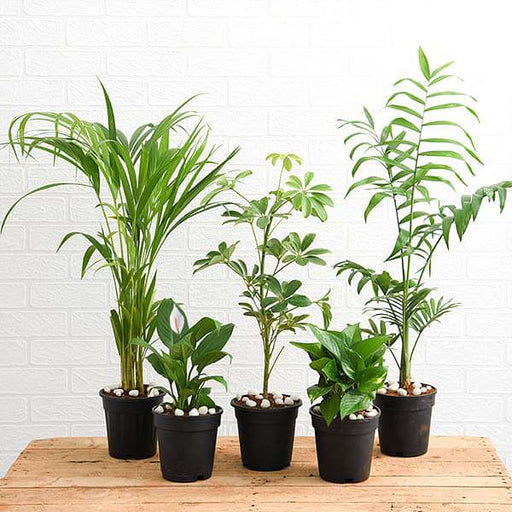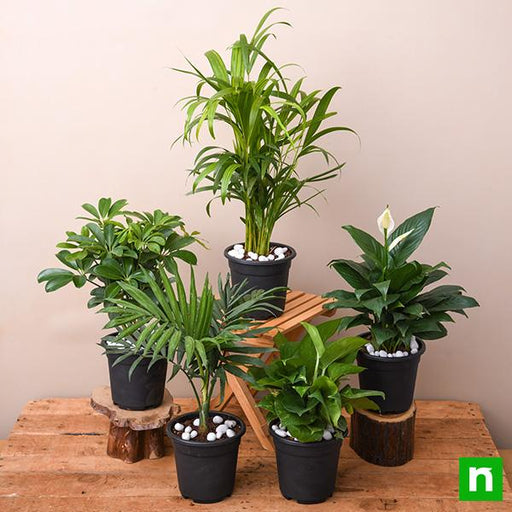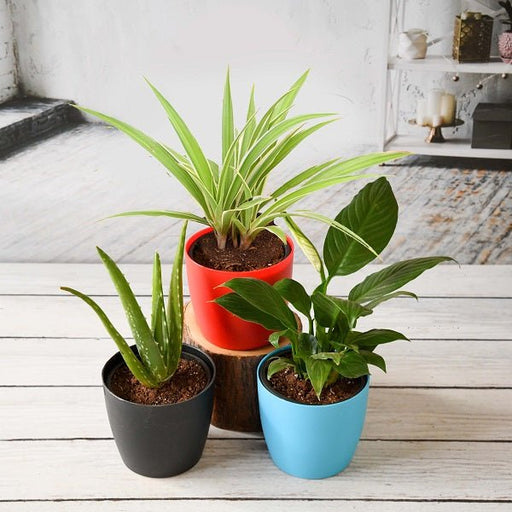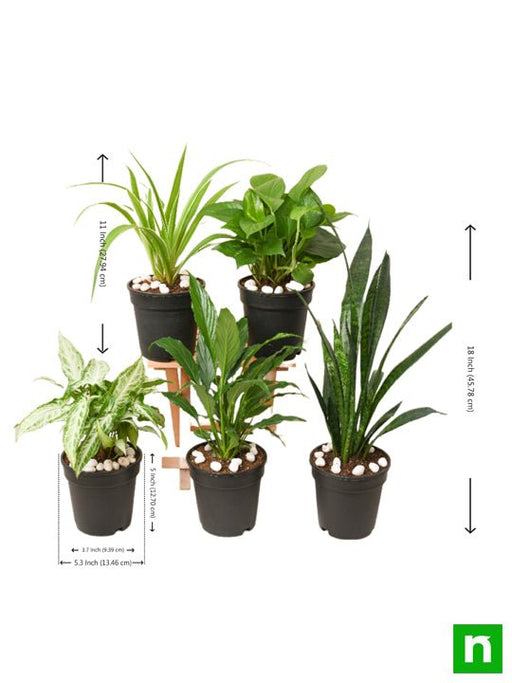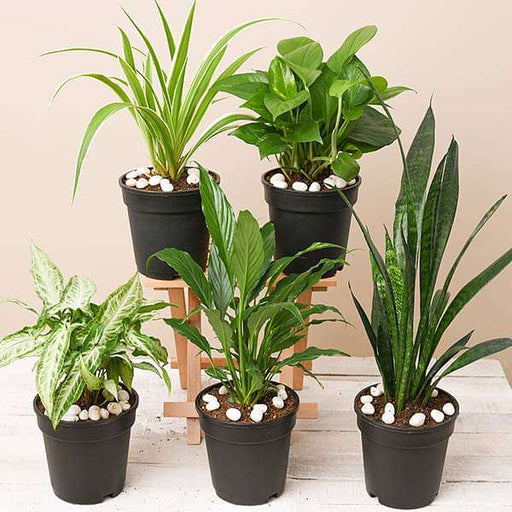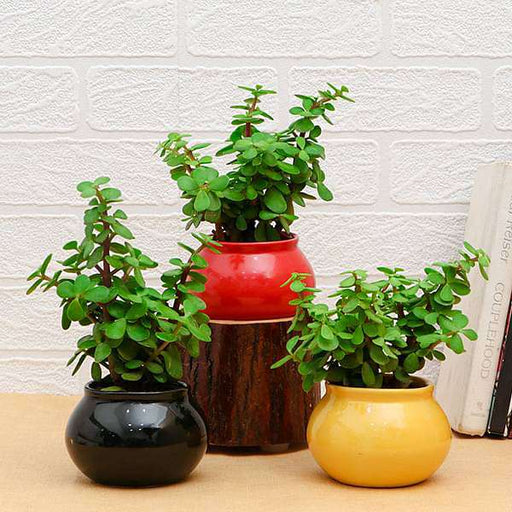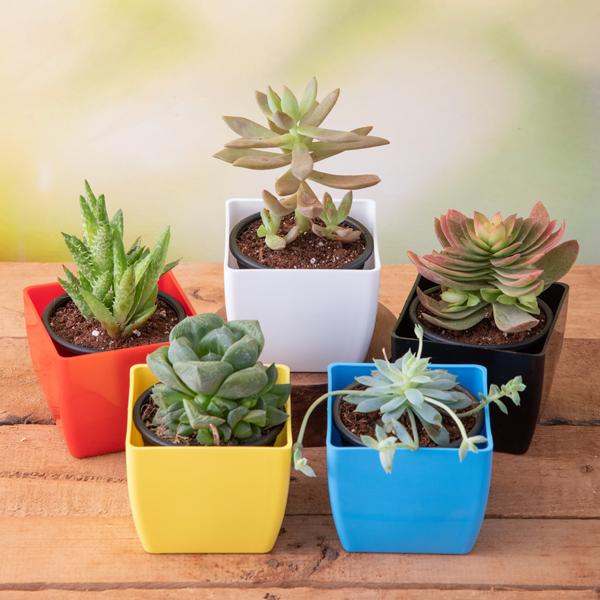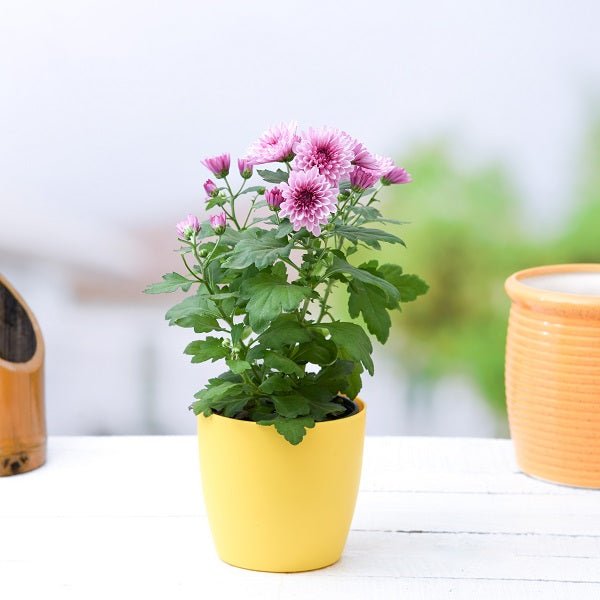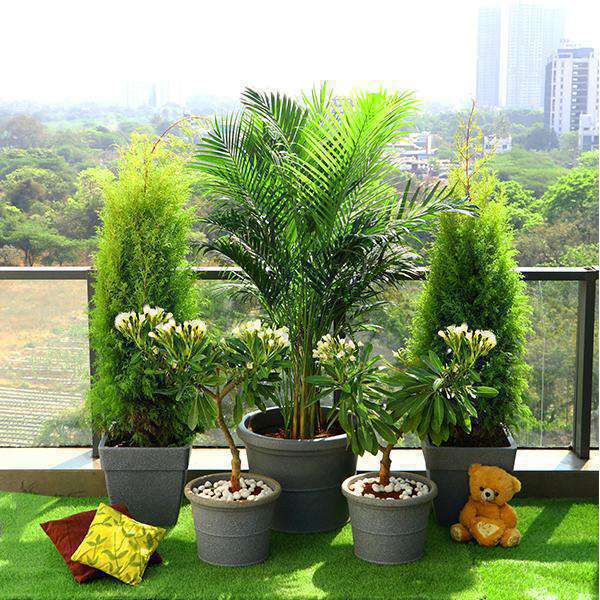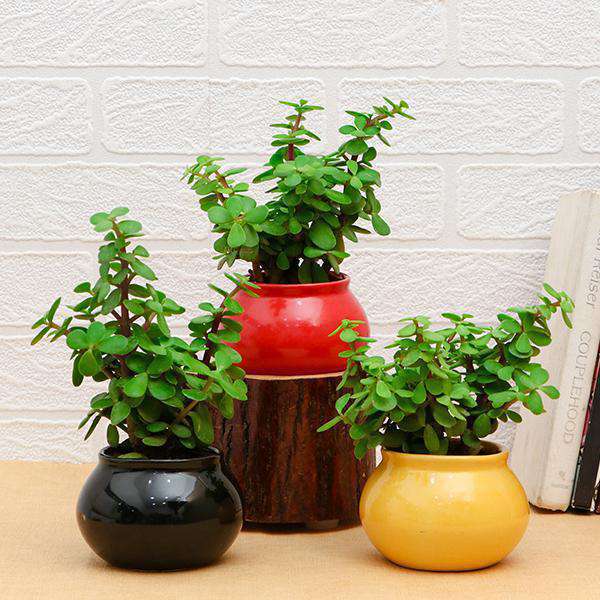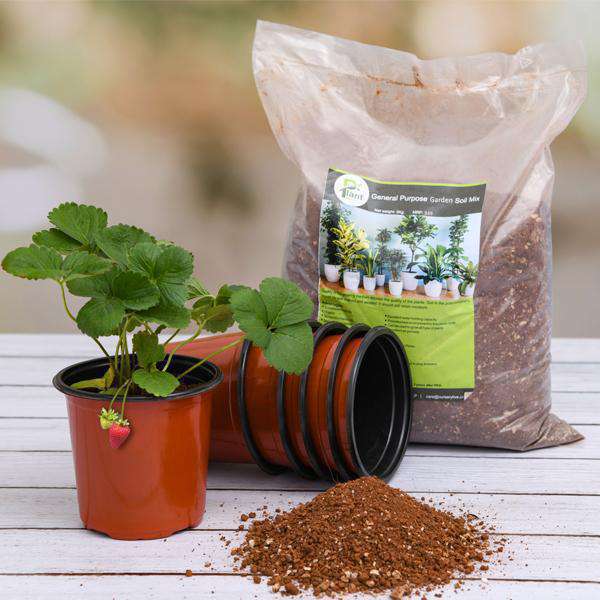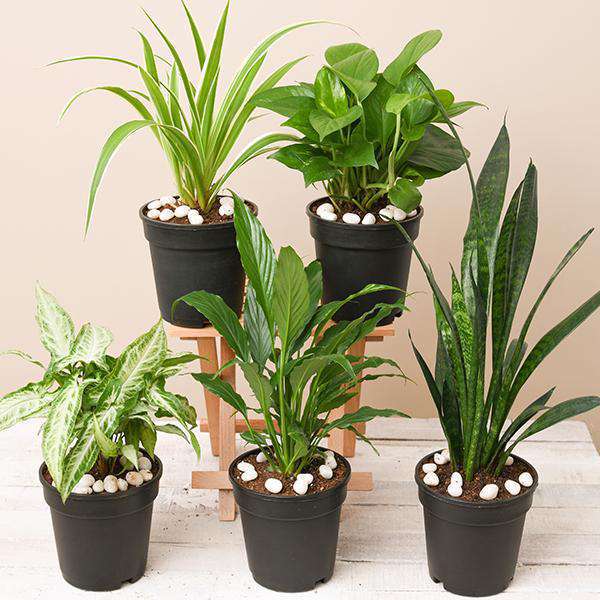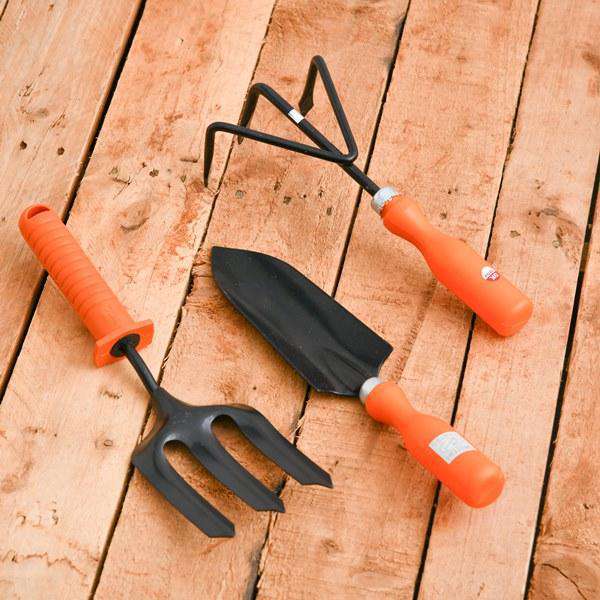Pygmy Date Palm Care
If you think caring for a Pygmy Date Palm is as easy as pie, think again! This little palm has its quirks. It loves bright, indirect sunlight and a good drink of water, but don’t drown it! Overwatering is the kiss of death. Treat it like a diva; it wants well-draining soil and a little humidity. Keep those fronds clean and dust-free, and it’ll reward you with a tropical vibe that’ll make your neighbors green with envy.
Phoenix Roebelenii Characteristics
Meet the Phoenix Roebelenii, the palm that’s as charming as a Southern gentleman. With its slender trunk and feathery fronds, it’s the perfect addition to any garden or indoor space. This palm can grow up to 10 feet tall, but don’t worry, it won’t take over your living room. It’s a slow grower, so you won’t need to hire a gardener to keep it in check.
Pygmy Date Palm Height
Standing at a modest height of 4 to 8 feet, the Pygmy Date Palm is the perfect plant for those who want a touch of the tropics without the towering giants. It’s like the Goldilocks of palms—not too big, not too small, but just right for patios, gardens, or even as a houseplant. It’s the palm that fits in anywhere, making it the ultimate social butterfly of the plant world.
Pygmy Date Palm Growth Rate
If you’re looking for a palm that’s in no rush to grow up, the Pygmy Date Palm is your plant soulmate. With a growth rate of about 6 to 12 inches per year, it’s the tortoise in the race of life. This slow and steady approach means you can enjoy its beauty without worrying about constant pruning or repotting. Patience is a virtue, and this palm embodies that philosophy perfectly.
Pygmy Date Palm Propagation
Want to spread the love? Propagating a Pygmy Date Palm is like trying to bake a soufflé—tricky but oh-so-rewarding! You can do it through seeds or offsets, but be prepared for a waiting game. Seeds can take weeks to germinate, and offsets need to be carefully removed. But once you’ve mastered the art, you’ll have a mini palm army ready to take over your garden.
Pygmy Date Palm Diseases
Like any diva, the Pygmy Date Palm can fall victim to a few ailments. Watch out for pesky pests like spider mites and scale insects that can ruin its fabulous look. Fungal infections can also crash the party if you’re not careful with watering. Keep an eye on those fronds and give your palm a little TLC, and it’ll bounce back like the star it is.
Phoenix Roebelenii Uses
The Phoenix Roebelenii is the Swiss Army knife of palms. Use it as a stunning focal point in your garden, a stylish indoor plant, or even as a privacy screen. Its versatility is unmatched, making it a favorite among landscapers and plant enthusiasts alike. Whether you’re going for a tropical oasis or a modern minimalist vibe, this palm fits right in.
Pygmy Date Palm Fertilization
Feeding your Pygmy Date Palm is like treating it to a five-star meal. A balanced fertilizer during the growing season will keep it happy and healthy. Just remember, moderation is key! Too much fertilizer can lead to a case of the “burns,” and nobody wants that. A little sprinkle here and there will have your palm thriving like it’s on a tropical vacation.
Pygmy Date Palm Light Requirements
This palm is a bit of a light snob. It craves bright, indirect sunlight and will sulk in low-light conditions. Think of it as the plant version of a sunbather—always seeking that perfect spot to soak up the rays. If you want a happy Pygmy Date Palm, give it the light it deserves, and it’ll reward you with lush, green fronds that scream “tropical paradise.”
Pygmy Date Palm Indoor Plant
Who says you can’t bring the tropics indoors? The Pygmy Date Palm is the perfect indoor plant for those who want to add a touch of exotic flair to their home. It’s low-maintenance and can thrive in various indoor conditions, making it a favorite among plant parents. Just place it near a window, and watch it transform your living space into a mini jungle.
Phoenix Roebelenii Care Tips
Caring for a Phoenix Roebelenii is like having a pet that doesn’t bark or shed. It’s low-maintenance but still requires some attention. Regular watering, occasional pruning, and a sprinkle of fertilizer will keep it looking fabulous. Just remember, it’s not a cactus; it loves moisture but hates soggy feet. Treat it right, and it’ll be the envy of all your plant-loving friends.
